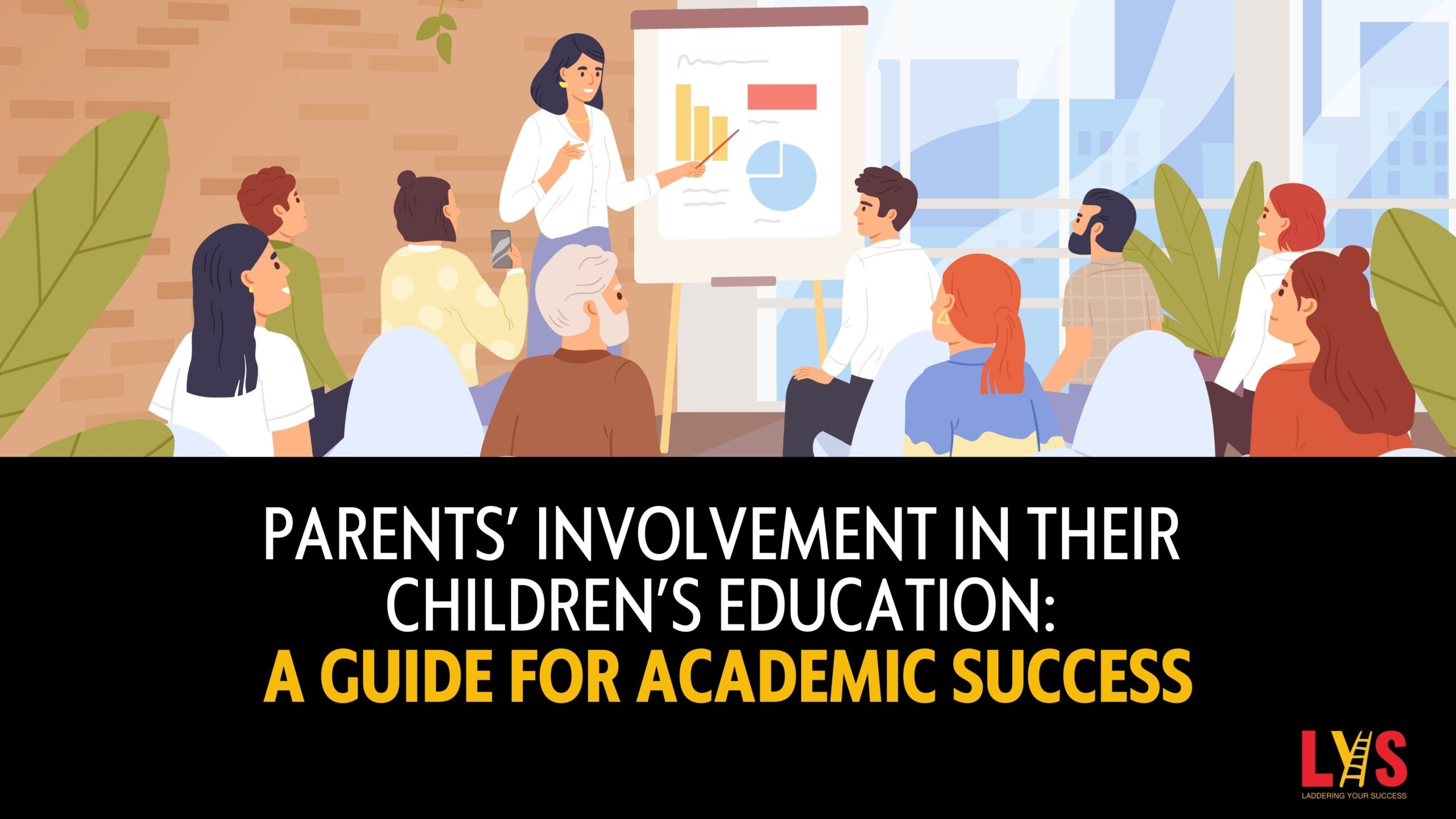Parents’ involvement in education is a game-changer for children’s academic success and overall development. Research shows that students whose parents actively participate in their education tend to perform better in school, develop stronger social skills, and feel more confident in their abilities. How can parents effectively get involved without overstepping boundaries? Let’s take a look at doable ways to help your child learn in a supportive atmosphere by bridging the gap between home and school.
1. Build a Partnership with Teachers
A strong parent-teacher relationship fosters mutual understanding and collaboration.
- Attend Parent-Teacher Conferences: They provide valuable insights into your child’s strengths and areas for improvement.
- Communicate Regularly: Try to use email, apps, or scheduled check-ins to stay informed about classroom activities and expectations. Sending your child’s teacher a message ensures that you are updated with what happens with your child’s day-to-day life in school!
- Volunteer in the Classroom: If possible, make sure to offer your time to assist with projects, events, or even reading sessions. Having this hands-on approach allows you to help out with your child’s learning too!
2. Create a Learning-Friendly Home Environment
Home is the first classroom, so make it conducive to learning.
- Designate a Study Area: Provide a quiet, organized space for homework and study time in your home.
- Establish Routines: Create consistent schedules for homework, meals, and bedtime help children stay focused.
- Provide Learning Resources: Invest in age-appropriate books, educational apps, and tools that encourage curiosity and creativity.
3. Stay Engaged with School Activities
Your presence matters! Show your child that education is a priority.
- Attend School Events: Be present for open houses, plays, and science fairs.
- Join the PTA: Collaborating with other parents and school staff can amplify your impact on school policies and initiatives.
- Support Extracurricular Activities: Encourage your child to participate in sports, music, or clubs, and cheer them on at events.
4. Encourage Open Communication
Fostering trust and dialogue at home builds confidence and self-awareness.
- Ask About Their Day: Simple questions like, “What was the best part of your day?” can spark meaningful conversations with your children. Open-ended questions help give your kiddo a voice. They also show that you care.
- Listen Actively: Pay attention to their concerns and celebrate their achievements, big or small. Respond to your child by repeating after them and asking relevant questions according to what they told you.
- Discuss Goals and Challenges: Help your children set realistic academic and personal goals while brainstorming solutions for any hurdles.
5. Stay Informed About Educational Trends
Keeping up with educational changes helps you advocate for your child’s needs.
- Learn About Curriculum Updates: Read and understand what your child is learning and how you can support them.
- Explore Educational Policies: Be aware of policies affecting your child’s school, such as funding, testing, and extracurricular programming.
- Leverage Technology: Try to use online resources, apps, and platforms to stay connected with the school community and access learning materials.
6. Advocate for Your Child
Every child has unique strengths and challenges.
- Identify Their Learning Style: Reach out and work with teachers to personalize support that complements your child’s learning style.
- Support Special Needs: If your child requires additional resources, collaborate with teachers to ensure they get the necessary assistance and help they may need.
- Celebrate Effort Over Perfection: Emphasize the importance of trying their best rather than striving for flawless results. This encourages your children to put effort on whatever they do.
Final Thoughts
Parents’ involvement is not about micromanaging but empowering your child to thrive. By actively participating in their education, you’re enhancing their academic journey and fostering life skills like discipline, resilience, and a love for learning.
Start small, be consistent, and remember: your engagement today lays the foundation for your child’s success tomorrow.









